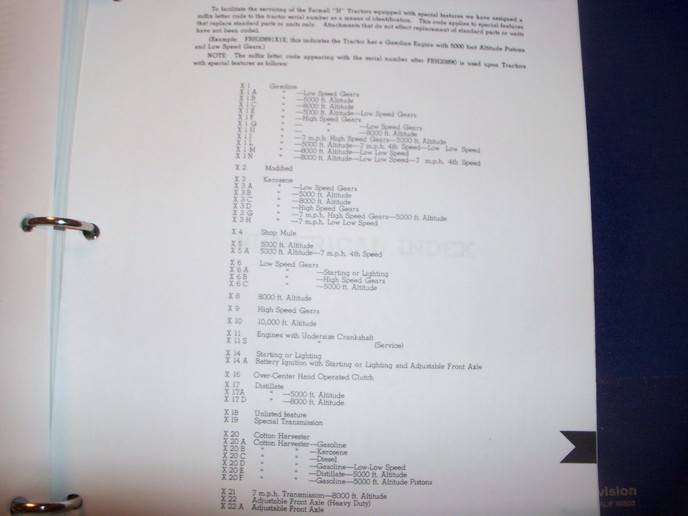still looking for an H for my stepfather. the 51 I was going to look at this weekend didn't pan out, and after another call back from the owner, it's probably being taken 'off sale' as they are simply too busy to mess with selling it now.
the 51 I had looked at was a heap.
I've found a 44 in my area today wheile on the way to work.
just wondering what the year differences are, and if i should be looking for any specific year.. or any year is better than another.
from the road the 44 'looks' to be in darn good condition.. pretty straight tins.. decent tires. rears are plenty checked.. but holding air.. etc..
the 51 I had looked at was a heap.
I've found a 44 in my area today wheile on the way to work.
just wondering what the year differences are, and if i should be looking for any specific year.. or any year is better than another.
from the road the 44 'looks' to be in darn good condition.. pretty straight tins.. decent tires. rears are plenty checked.. but holding air.. etc..


